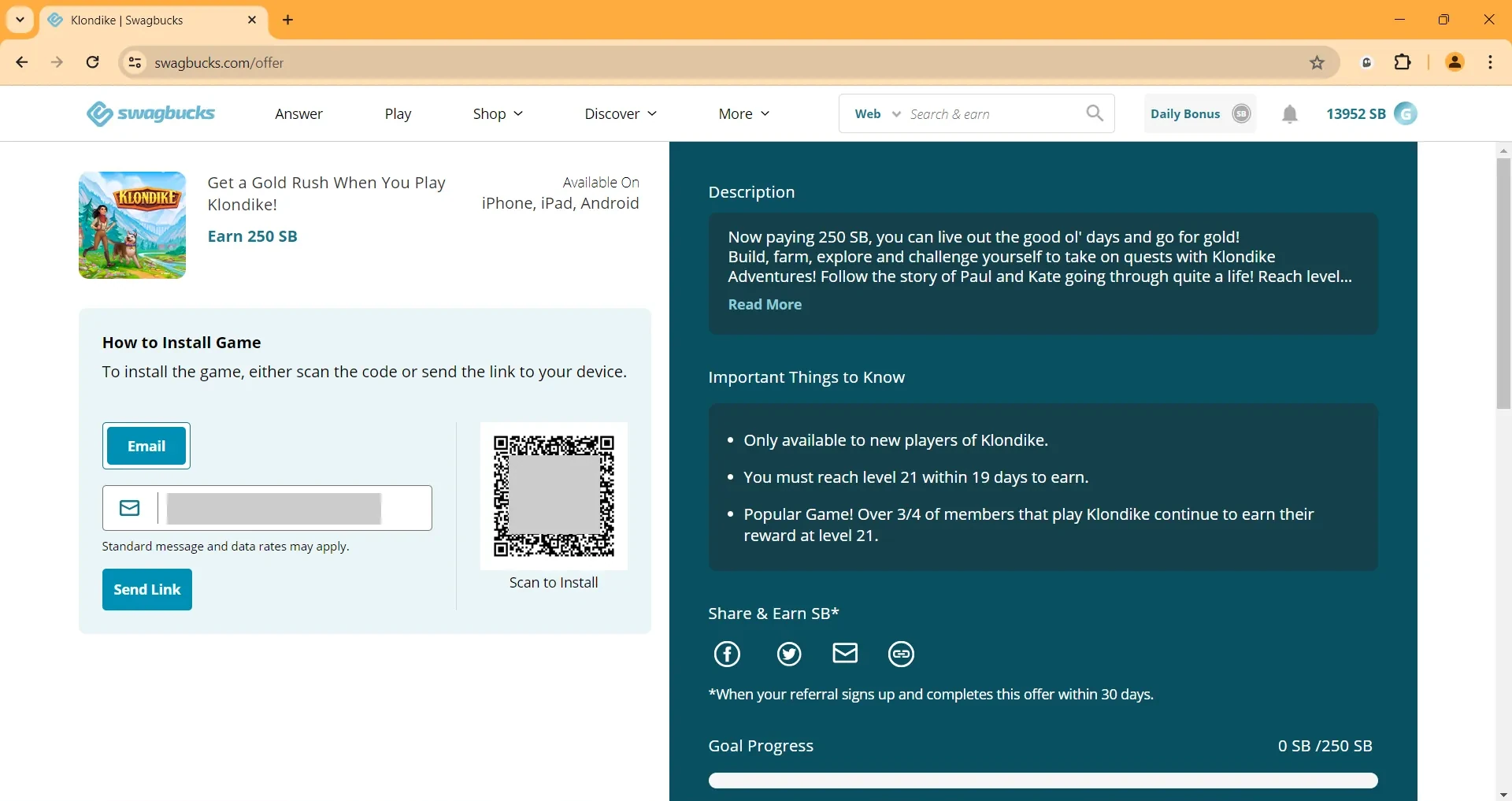Apple finally released the thirteenth version of macOS called macOS 13 Ventura at the WWDC 2022 event. One thing we all expected in the new Ventura is the permission to read and write NTFS drives. Many people get this question: Can Mac read and write NTFS? The answer is simple. No, Mac doesn’t support NTFS partitions.
Mac can read Windows-formatted NTFS drives but can’t write them. And unfortunately, Apple didn’t add this feature. However, we have a few ways to make your Mac read and write Windows-formatted NTFS drives. This tutorial shows you how to write NTFS drives on macOS Ventura.
How To Write NTFS Drives on macOS Ventura
Mac can't write Windows-formatted NTFS. This is because it's a proprietary file system, and Apple has licensed it. Hence, you can only read these NTFS drives but can't edit or write them. You can Write NTFS drives in macOS with:
- A third-party Application called NTFS for Mac.
- Using Terminal Commands with NTFS-3G (free).
- By changing the drive's formatting to exFAT.
1. Use NTFS for Mac Application
One of the first ways to enable Mac writing to NTFS is using third-party applications. There are tons of third-party applications that help you make your Mac write NTFS drives. Paragon NTFS for Mac is one of the most popular applications to enable writing to NTFS Drives.

Paragon NTFS for Mac is a tool that works as a bridge and fills the gap in the NTFS write issue between macOS and the NTFS file system. This tool lets you write, copy and paste, move, and remove files from your Microsoft NTFS. Paragon NTFS for Mac has an easy-to-use interface and beginner-friendly features to write Microsoft NTFS. Additionally, this tool works well on both M1, M2 Mac and Intel Mac.
One of the key features of the Paragon NTFS for Mac tool is that it lets you fully enable Mac writing to NTFS in a few steps. Paragon NTFS for Mac tool also offers extremely fast data transfer speed to quickly transfer the data without any errors. It has many advanced features, like volume management, automount, and more.
Follow the steps to know how to use Paragon NTFS for Mac to enable read-write.
Step 1. Download NTFS for Mac here (free trial).
Step 2. Open dmg file and click Install Paragon NTFS for Mac.
Step 3. Go to ‘System Settings’ and ‘Privacy & Security’. Click on ‘Allow’ button to allow install Paragon NTFS app.

Step 4. Head to the ‘System Settings’ tab and enable ‘Full Disk Access’ for NTFS for Mac.

Step 5. Step 3. Open Paragon NTFS for Mac. There you will see all the NTFS Partition on macOS 13 Ventura.
2. Using Terminal Commands with NTFS-3G (free)
Another free way to write NTFS drives in macOS Ventura is using the NTFS-3G and MacFuse. Macfuse will install NTFS filesystem (kernel) on your macOS and NTFS-3g will use this kernel to read and write NTFS Drive. The Terminal app present in your Mac All lets you enable Mac writing to NTFS by executing some NTFS-3G commands. Follow the steps to enable Mac writing to NTFS using Terminal.
Step 1. Download and install MacFuse.
Step 2. Press the ‘Spotlight Search’ icon and type ‘Terminal.’
Step 3: We use Homebrew to install an open source on macOS. To install Homebrew on your mac, paste this command in macOS terminal:
/bin/bash -c "$(curl -fsSL https://raw.githubusercontent.com/Homebrew/install/HEAD/install.sh)"

Step 4. Install NTFS-3G from Homebrew
brew tap gromgit/homebrew-fuse
brew install ntfs-3g-mac

Step 5. Now, connect USB NTFS Drive with your macOS then execute the mentioned commands one by one:
# List volume in macOS
diskutil list
# Unmount USB NTFS Drive (disk2s2)
sudo diskutil unmount /dev/disk2s2
# Mount and Enable NTFS Write permission
sudo mkdir /Volumes/NTFSDrive
sudo /usr/local/sbin/mount_ntfs /dev/disk2s2 /Volumes/NTFSDrive
open /Volumes/NTFSDrive
Note: Replace the ‘disk2s2’ section with your NTFS drive identifier. After executing the first command, you will see the identifier beside your NTFS drive.

Now, You can read and write NTFS Drive in macOS 13 Ventura.

3. Change NTFS Drive Format to ExFAT
The last way to write NTFS drives in macOS is to change the NTFS drive format to exFAT. Currently, Mac supports two drive formats: APFS and ExFAT. And, fortunately, Windows also supports ExFAT. In short, both Windows and macOS support exFAT formatted drives. Both operating systems can read-write exFAT formatted drives. As a result, you can easily edit, write, copy and paste, move, and remove files from your external drives.
The best part about this method is that it is easy to follow, and anyone can easily do it. However, we would recommend trying this method on external hard drives. So, follow the steps to change the NTFS drive format to exFat.

Step 1. Open Disk Utitlity in Spotlight Search.
Step 2. Click on View > Show all Devices.
Step 3. Now, Select your External Disk, click on the ‘Erase’ option present in the top menu.
Step 4. You will now see a popup. Change the Format option to ‘ExFAT’.
Step 5. After that, click on the ‘Erase’ button.
So, these were the three ways to write NTFS drives in macOS 13 Ventura. You can use any of the methods to make your Mac read-write NTFS drives. If you specifically want to write the NTFS drives on Mac, then you can use Method 1 and Method 2. Otherwise, if you want to read-write external hard drives both Mac and Windows, then you can follow Method 3. This method is suitable for external hard drives.
So, this is how to write NTFS drives on macOS Ventura. We hope you followed the steps correctly and enabled read-write access in Mac for NTFS Drives. If you faced any issues during the process, then make sure to share them with us in the comment section. We will try to assist you.








Leave a Comment